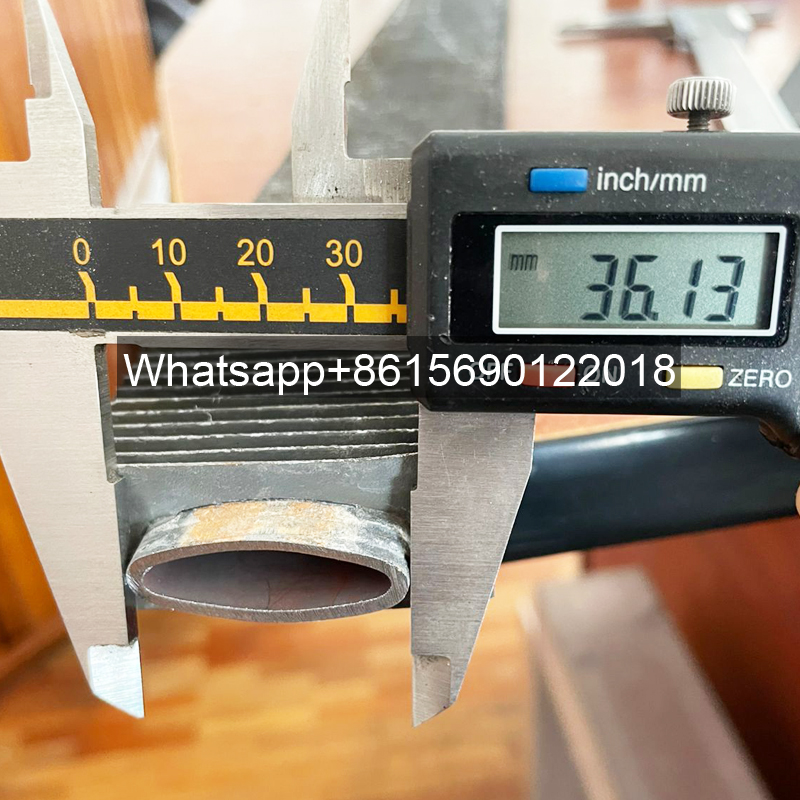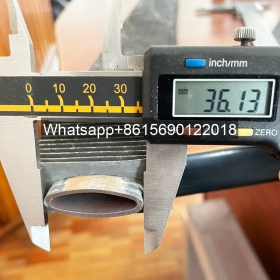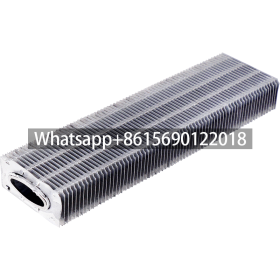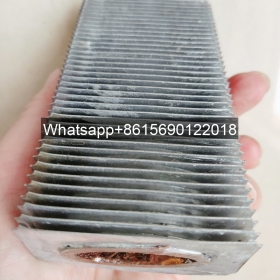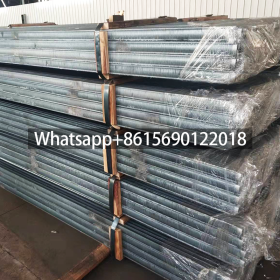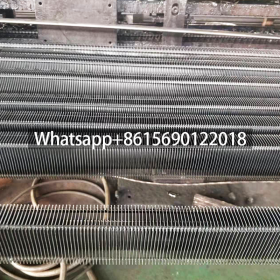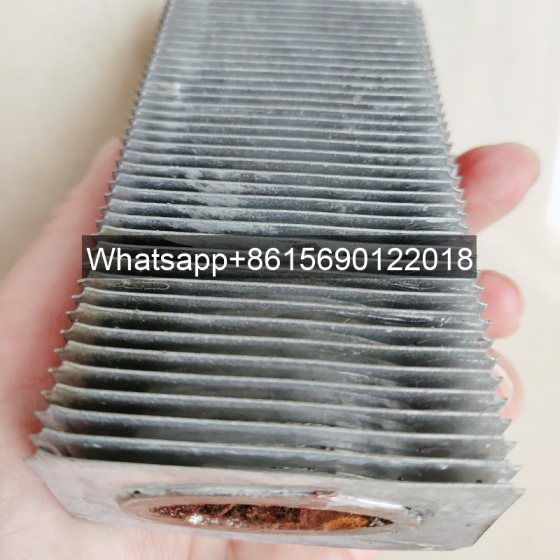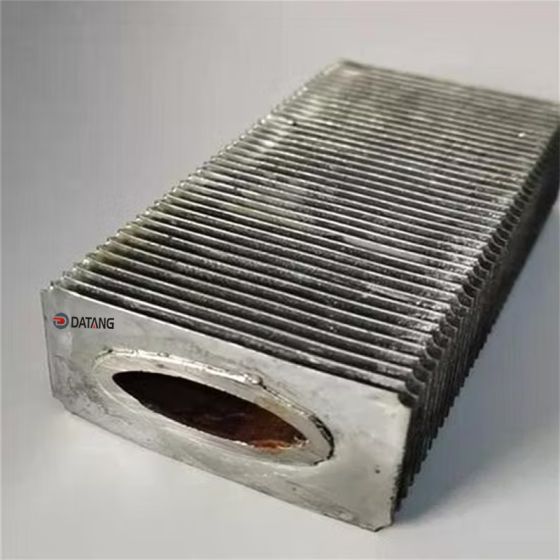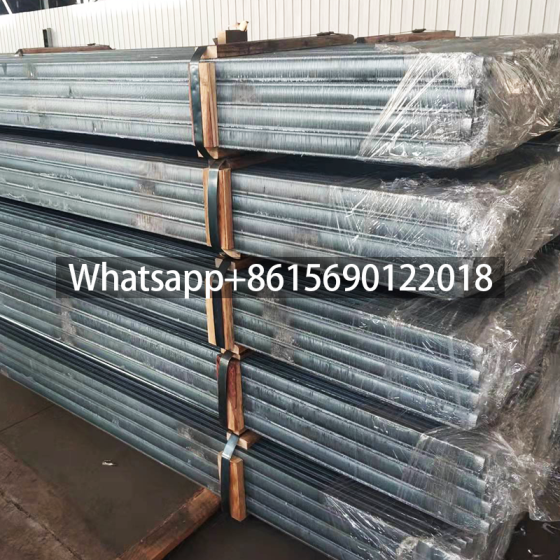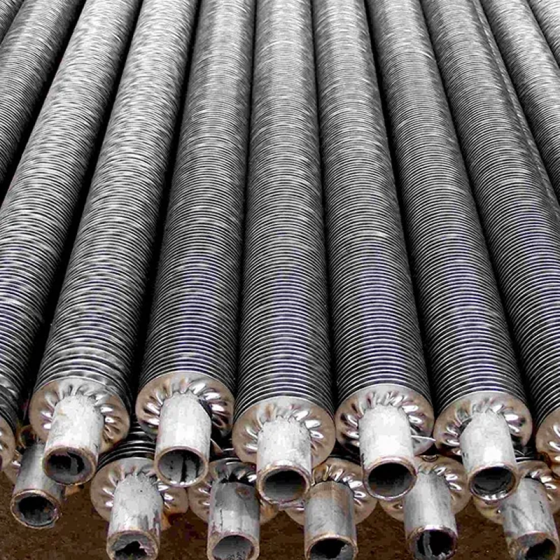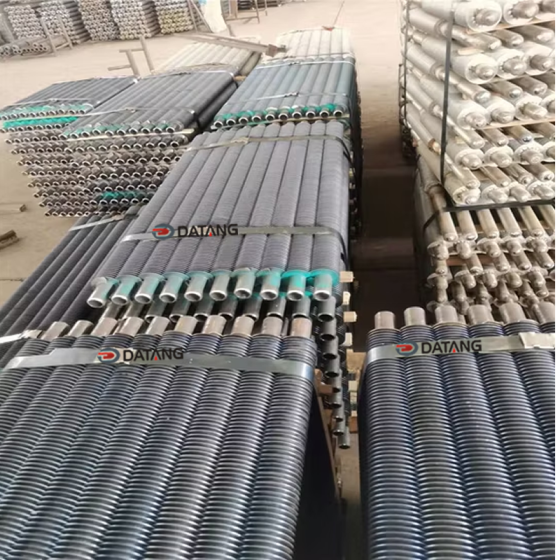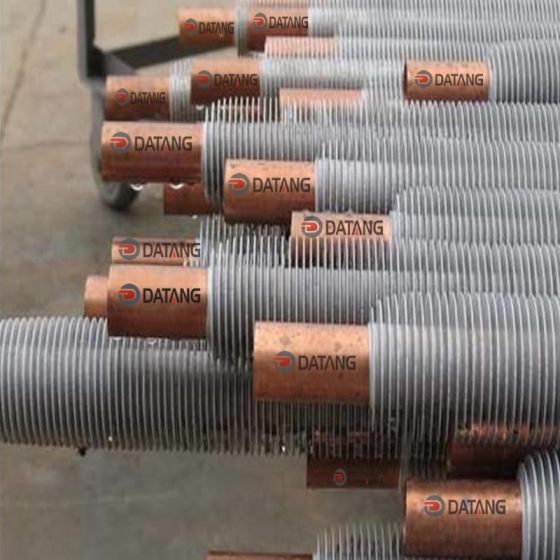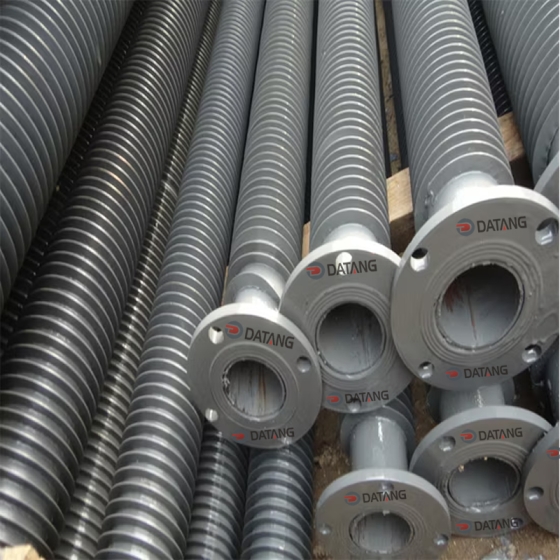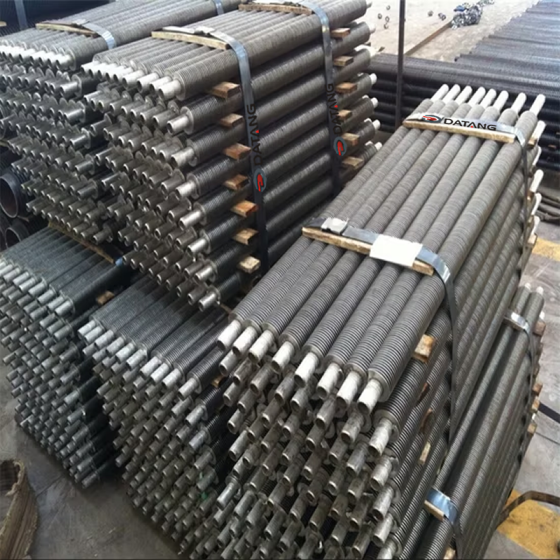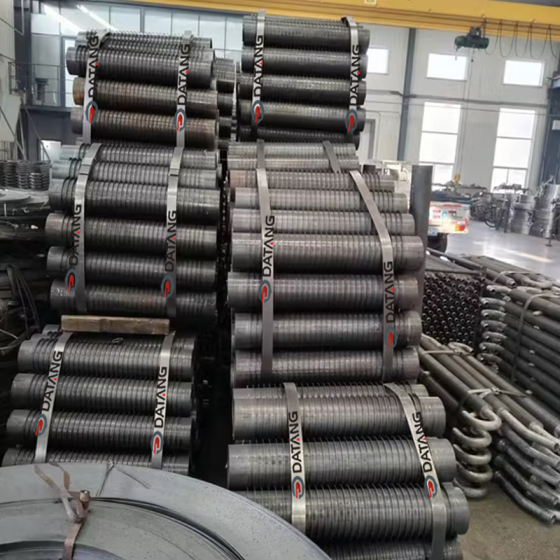Elliptical finned tubes are heat exchange components consisting of an elliptical base tube and external fins, commonly used in drying equipment. Their core advantage lies in their high heat transfer performance. By increasing the heat transfer surface area, they significantly improve heat transfer efficiency. They are widely used in greenhouses, drying rooms, and other applications.
What are galvanized elliptical finned tubes?
Galvanized elliptical finned tubes are high-efficiency heat exchange components designed specifically for drying equipment. They utilize hot-dip galvanizing and high-frequency welding technology to enhance corrosion resistance and heat transfer efficiency.
Key Features of Elliptical Finned Tube With Rectangular Fins Oval Tube
Hot-dip galvanizing: Immersed in molten zinc, they form a dense zinc layer, effectively insulating against corrosion, extending service life, and reducing maintenance costs.
Optimized Elliptical Structure: The elliptical cross-section design adapts to complex airflow paths, improving ventilation efficiency and heat dissipation area.
Applications of Galvanized Elliptical Finned Tubes
Widely used in food processing, wood drying, and chemical product drying, their efficient heat transfer and corrosion resistance significantly shorten drying times and reduce energy consumption.
Elliptical finned tubes with rectangular fins are commonly used in hot air or hot water drying systems in drying equipment. Zum Beispiel:
Hot air drying: Elliptical finned tubes, manufactured using a high-frequency welding process, efficiently transfer heat from high-temperature air, accelerating the drying of materials such as tobacco leaves and agricultural products.
Hot water drying: High-temperature hot water is rapidly transferred to the drying equipment through the finned tubes, achieving precise temperature control.
Features of Elliptical Finned Tube With Rectangular Fins Oval Tube
High-temperature resistance: The high-frequency welding process enables the finned tubes to withstand high temperatures (such as in flue-cured tobacco drying), extending their service life.
Energy-saving and environmentally friendly: The efficient heat exchange design reduces energy consumption, meeting the energy-saving requirements of modern drying equipment.
Compact structure: The small footprint makes it suitable for drying rooms or greenhouses with limited space.
 dtfinnedtube.com
dtfinnedtube.com

